It’s no secret that the national c-section rate is hovering somewhere near 1/3 of all births. And most people will probably agree that the rate is way too high. The World Health Organization believes that the target rate should be somewhere between 10 and 15% in order to ensure optimal outcomes for both mothers and babies (I’ve discussed before that the maternal mortality rate in the US is growing and higher now than it was 30 years ago and it’s hard to ignore the correlation between rising mortality and the rising c-section rate, more on that here).
But I recently came across a report analyzing 4.4 million births over the past 5 years which shows a huge discrepancy between states. Wisconsin has the lowest rate of 28% and not surprisingly (but very disappointing) is the fact that Florida has the highest national c-section rate of 42.8%. That’s almost HALF of all births. That means that two of my babies should have been born via c-section because all of them were born in Florida.
What this tells us is that where you live can make a huge difference in how your birth goes. But there are many other factors that affect a woman’s chance of a c-section as well which include if you’d had a previous c-section (which leaves you with a 90.6% chance of another) and if you have a multiples pregnancy, malpositioned baby, bleeding during pregnancy, uterine fibroids, diabetes, high blood pressure or if you’re a smoker.
The publisher of the above study also provides a c-section rate predictor which gives you an estimated chance of c-section based on your answers to a few simple questions. I (of course!) tried it out. Based on my answers to the questions from my first pregnancy (which was extremely uncomplicated), my estimated c-section rate was still a whopping 31%. But shockingly, when I repeat the predictor for Doodle, who was a known bigger baby and with whom I had a placenta previa and bleeding, my estimated c-section rate sky rockets to a whopping 82%! (Estimated rate for Sugarplum was 30% and 32% for Pipsqueak all based on where we lived at the time).
But what is most shocking is if I take the same answers for Doodle and change only the zip code to where I grew up in Colorado, the rate drops to 75% and Honeybun’s rate drops to 23% (still a disturbingly high 1 in 4 chance). It bothers me immensely that where a woman lives can have such a huge impact on the care she receives. But my experience also shows how being educated on “the system” and making alternative choices can make a big difference. Had I not done my research and chosen a midwife and planned a homebirth with Doodle, I have no doubt I would have ended up being coerced into a c-section (or at least an early induction due to his size which would have also increased my chances of a c-section).
I get that having to have a c-section is not the worst thing in the world. And I know that they DO save lives. But I also know that way too many c-sections are performed in America today and many for all the wrong reasons. I know that risks to both the mother and baby increase dramatically when a c-section is performed and c-sections are not a cure-all, complications do arise from the procedure itself. And I know that many other countries manage to have a lower c-section rate AND better outcomes. So why, when we are one of the most medically advanced countries in the world, are we lagging behind when it comes to maternity care?
I’m curious, what did the predictor say about your chances? Did you end up with a c-section?

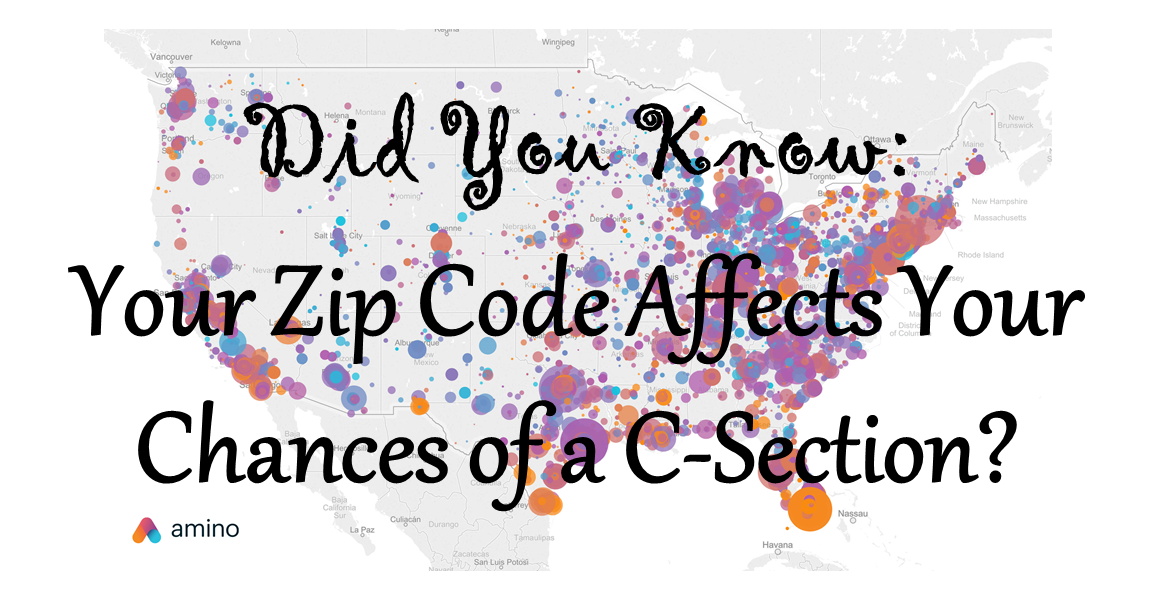

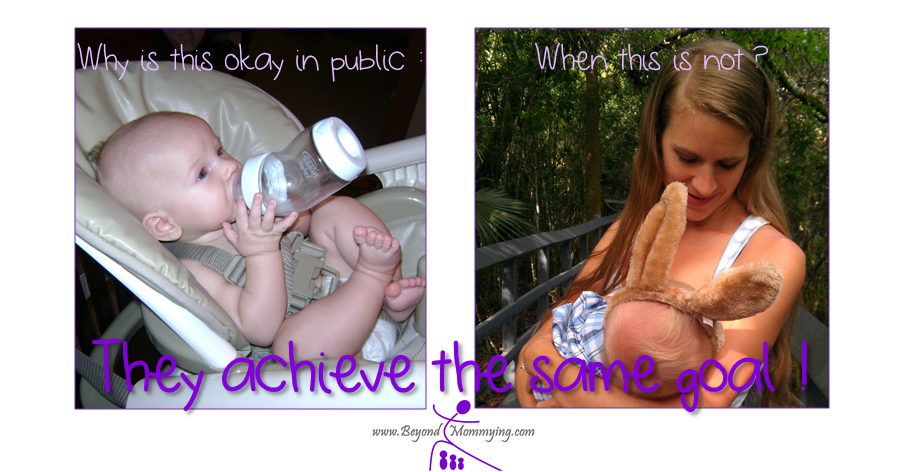
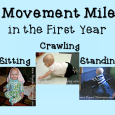
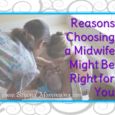

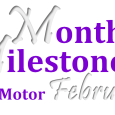
Super interesting! I got a 25% chance of having a csection. I had two vaginal deliveries. I never thought about where you live predicting your chances of having a csection. I did check out the csection rate at my hospital though.
I am aware of the rates in my area at different hospitals but never would have guessed that the rate would be so wide purely based on where one lives! Despite my chances, I managed 4 vaginal births, the last two at home including my third who was the 83% chance!